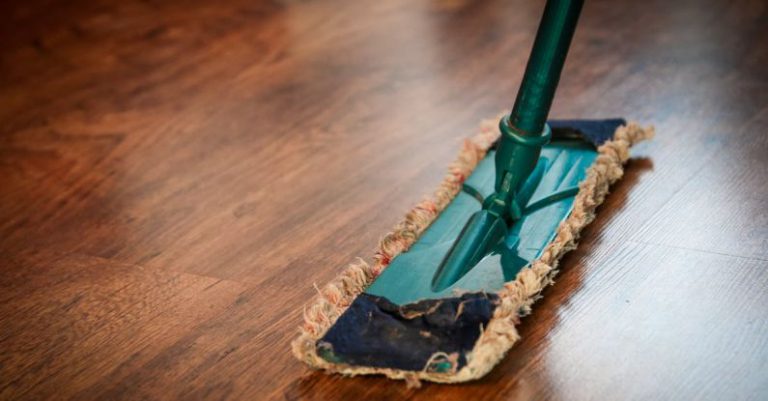What Are the Best Ways to Store Seasonal Clothing?
As the seasons change, so does our wardrobe. It’s time to put away those bulky winter coats and sweaters and bring out the lighter, breezier pieces for the warmer months ahead. But what’s the best way to store your seasonal clothing? Let’s explore some effective methods that will keep your clothes in top condition and make the transition between seasons a breeze.
1. Clean and Declutter
Before storing your seasonal clothing, it’s essential to give them a good clean. Launder or dry clean each item according to its care instructions. This will prevent any stains or odors from setting in during storage. Additionally, take this opportunity to declutter your wardrobe. Remove any items that are worn out, no longer fit, or you simply don’t wear anymore. This will free up valuable space and make it easier to store your seasonal clothing.
2. Use Airtight Containers
Investing in airtight containers is a game-changer when it comes to storing seasonal clothing. Not only do they protect your clothes from dust, moisture, and pests, but they also maximize storage space. Opt for clear containers, so you can easily see what’s inside without having to open each one. Labeling the containers by season or clothing type will further streamline the process of finding what you need when the time comes.
3. Vacuum-Seal Bags for Bulkier Items
For those bulky winter coats and sweaters, vacuum-seal bags are a must-have. These bags compress your clothing, reducing their size and making them easier to store. Not only do vacuum-seal bags save space, but they also provide excellent protection against dust, moths, and mildew. Remember to fold your clothes neatly before sealing them in the bags to prevent any creasing.
4. Proper Folding Techniques
Folding your clothes properly is key to preventing wrinkles and maintaining their shape while in storage. Avoid folding clothes along sharp creases, as this can weaken the fabric over time. Instead, fold them along natural lines, such as the shoulders or waistline. Delicate items like dresses or blouses should be folded with acid-free tissue paper to prevent any damage.
5. Hang Delicate Fabrics
Certain fabrics, such as silk or satin, are best stored by hanging them, rather than folding. Invest in padded hangers to prevent any marks or creases on delicate items. To protect your clothes further, consider using garment bags. These breathable bags will shield your clothes from dust and keep them wrinkle-free.
6. Utilize Under-Bed Storage
If you’re short on closet space, don’t overlook the potential storage space under your bed. Many retailers offer under-bed storage containers specifically designed for clothing. These containers are a practical and convenient solution for storing your seasonal clothes, especially for items that don’t require hanging.
7. Store Shoes Properly
Don’t forget about your shoes when transitioning between seasons. To keep them in top shape, clean and polish them before storing. Consider using shoe boxes or clear plastic shoe organizers to protect them from dust and maintain their shape. If you have limited space, utilizing over-the-door shoe organizers or shoe racks can be a great option.
In conclusion, storing seasonal clothing doesn’t have to be a daunting task. By following these best practices, you can ensure that your clothes stay in excellent condition and are easily accessible when needed. Remember to clean and declutter, use airtight containers, and employ proper folding techniques. Also, consider hanging delicate fabrics, utilizing under-bed storage, and storing shoes properly. With these tips, you’ll be well-prepared for each change of season and can enjoy a well-organized wardrobe all year round.






